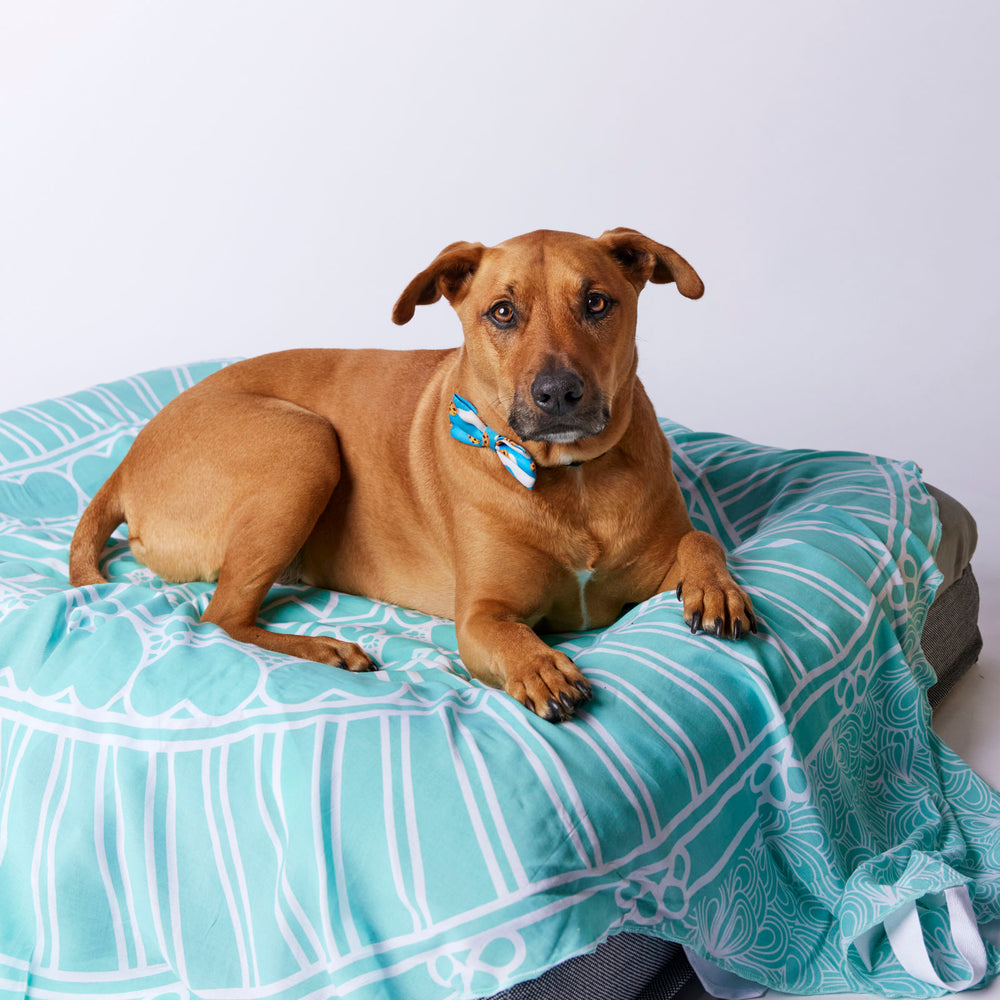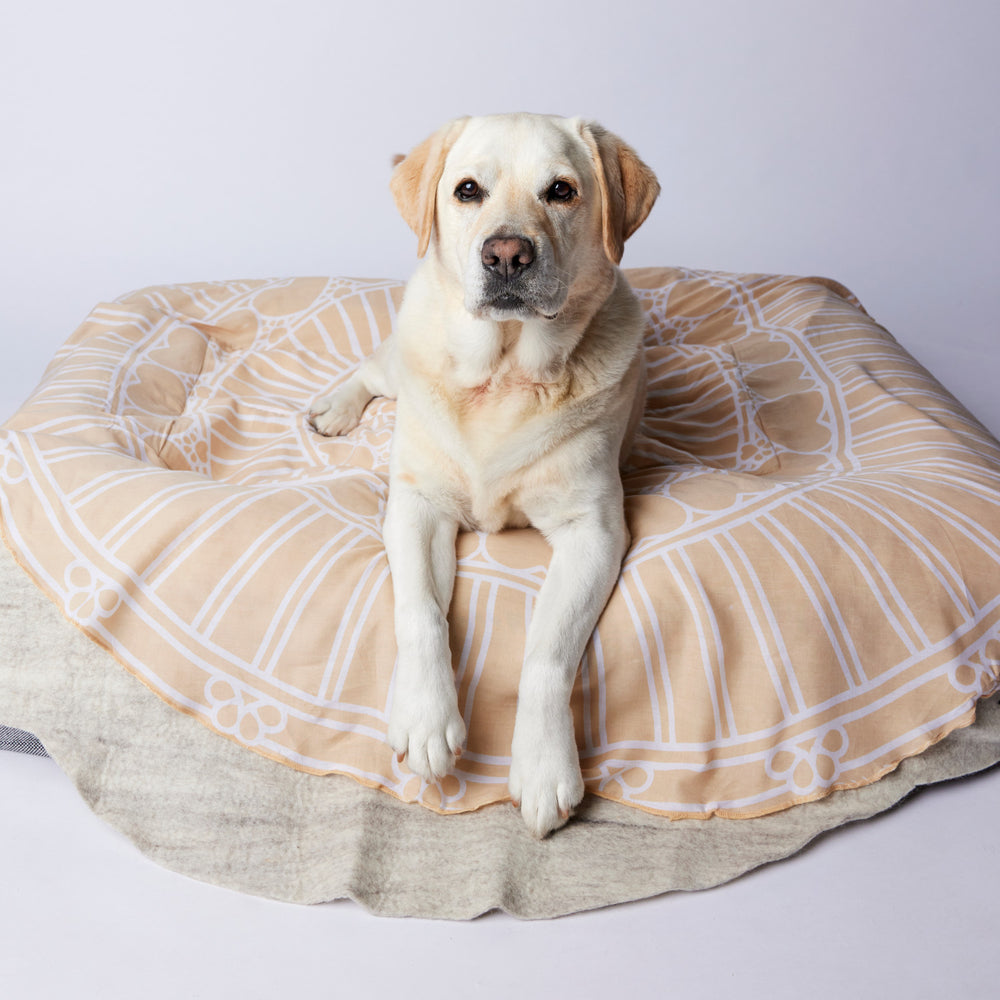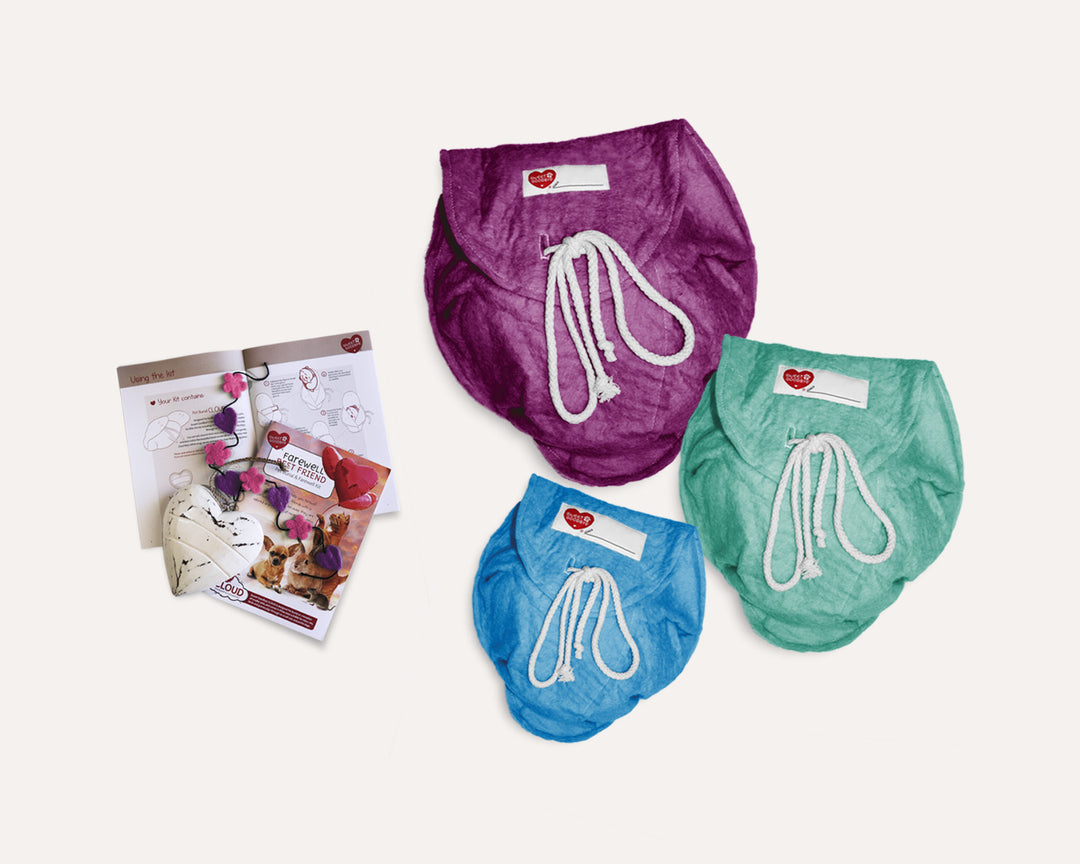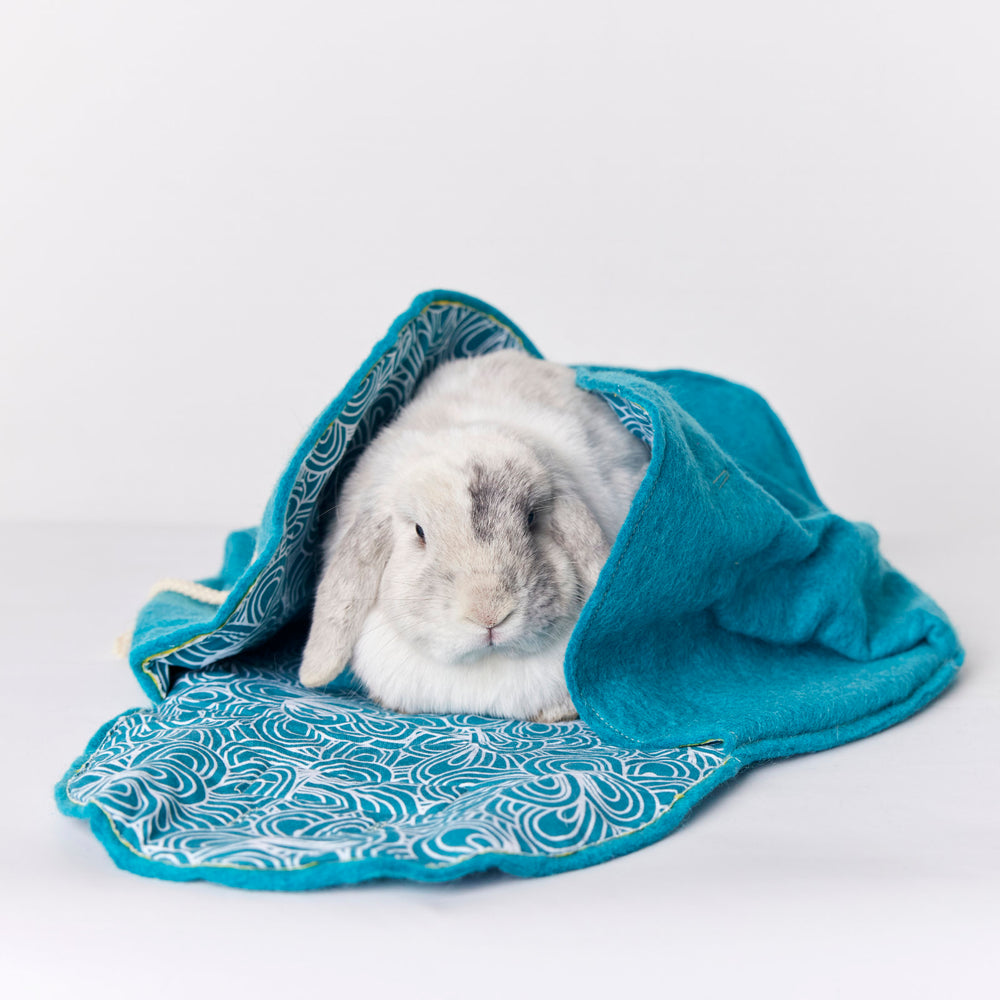Pet Loss Rituals from Around the World: Exploring Different Traditions
Throughout history and across cultures, various traditions and rituals have emerged to help people through the grieving process and to pay tribute to their pets.
Here are 8 pet loss rituals from around the world, highlighting the diverse ways people honour and remember their beloved pets.

Egyptian mummification
In ancient Egypt, cats were respected and admired and often considered sacred. When a pet dies, it was common for the Egyptians to mummify its body and bury it with honour. The cat’s body would be dried and filled with soil, sand or some other kind of packing material. They were either positioned with their limbs folded closely to their bodies or in a sitting, lifelike position. The wrapping was usually completed through intricate, geometric patterns. Cats were associated with the goddess Bastet – the protector of home and family – and were believed to have special powers. As a sign of mourning, cat owners shaved off their eyebrows, and continued to mourn until their eyebrows grew back.
Scandinavian Burial Mounds
In ancient Scandinavian cultures, burial mounds were constructed not only for humans but also for animals, including pets. These mounds were often elaborate structures built to honour and protect the spirits of the departed. Pets were laid to rest with care, surrounded by offerings of food, tools, and other items believed to be necessary for their journey to the afterlife. These burial mounds served as tangible symbols of the bond between humans and animals and the importance of honouring that bond even in death.
Native American Animal Totems
Historical research indicates the oldest known dog burial in the Northeast United States was in the Archaic period 6500BC to AD 700-800. In burial sites of the Woodland period (600 BC and AD 1000) archaeologist found some dogs were interred with elaborate grave goods such as clay figurines, bead, drilled bear canine tooth pendant and various utilitarian tools - indicating considerable wealth . Some were in special tombs and some under house floors.
Many Native American cultures believe in the significance of animals and their connection to the natural world. When their animal companions pass away some tribes seek guidance from animal totems, and some perform ceremonies to honour the animals passing. These rituals offer prayers to the animal’s spirit for a peaceful journey to the afterlife and often involve storytelling and drumming.
Japanese Pet funerals
Owning a pet is somewhat of a privilege in Japan and those who do own them treat them with the utmost care and respect. Japan’s elderly population tends to live with pets rather than their kin, so their bond is strengthened.
Due to Buddhist beliefs that animals have souls, when a pet dies within a Japanese family, it is almost treated like the death of a human.
Cremations at either a shrine or temple are popular. Family gather and make offerings, light incense, pray and receive prayers from the monks - farewelling their pets in a ritualistic way.
Afterwards, the pet may be laid to rest in a temple such as Jindaiji Temple, where the Buddhist saint Junishi Kanzeou Bosatsu guards over the animals.
Mexican Day of the Dead
Animals play an important role in many Mexican traditions, including Dias de Los Muertos (Mexican day of the dead). This is a traditional holiday in Mexico that honours the memory of lost loved ones including pets. As part of its festivities, families create elaborate and colourful alters. These are adorned with candles, photos and offerings of food and drink. Many people create special alters dedicated to their pets and place photos of their pets, their favourite toys and mementoes on them and leave them "ofrendas," or offerings, including their favourite treats
Tibetan Sky Burials
In Tibetan culture, sky burials or celestial burials as they are called, serve as both a practical and a spiritual function. Often, the ground is frozen, making it difficult to dig graves, making sky burials an appealing alterative. The belief is that by offering the body to vultures , the soul can be released from the cycle of reincarnation and ascend to the heavens. It is not uncommon for Tibetan Buddhists to arrange a sky burial when their pets dies – allowing the animals sprit to return to the natural world.
Thai Buddhist ceremonies
In Thailand, Buddhist ceremonies are commonly performed to honour deceased pets and help their souls transition peacefully to the afterlife. It’s a Buddhist belief that cremation sends you forward into the next life while a burial might not do that, so many pet funerals include cremation with full funeral rites including payers from monks. Offerings of food and flowers, and the release of lanterns or birds as symbols of liberation and renewal assist pet owners to find solace in the belief that their spirits will find peace and happiness in the next life.
Hindu Rituals
In Hindu culture, animals are regarded as sacred beings, and their well-being is deeply intertwined with spiritual beliefs. When a pet passes away, Hindu families may perform rituals such as cremation, offering prayers to the gods, and scattering the ashes in sacred rivers or places of significance. Some families also observe a period of mourning, reflecting on the bond they shared with their beloved pet and seeking comfort in the teachings of Hinduism.
In the Balinese Hindu culture, Canang sari, the daily offerings, are prepared and presented as tokens of gratitude to the divine. They are made of flowers, incense, and sometimes food, each with a different meaning and direction, representing different aspects of the Hindu godhead. They are a way of expressing gratitude, devotion, balance, harmony, compassion, and respect to the divine, the nature, and the living and the dead.
Placing Canang Sari on deceased animals is a compassionate gesture meant to aid the animal’s spirit in finding peace and balance in the afterlife. By doing this, Balinese acknowledge the importance of every creature in the circle of life.
Our Sweet Goodbye pet burial and cremation farewell kits were developed after the founder, Nat had a conversation with Balinese rice farmer Madé. Madé told her about the Balinese custom of adorning their deceased pets with beautiful trinkets and jewellery and wrapping them in a shroud – juts as they would a family member. Since then, Nat and many other pet owners have farewelled their pets using the Sweet Goodbye pet burial and cremation farewell kits.
These are just a few examples of the diverse pet loss rituals and traditions practiced around the world. These rituals and traditions offer solace and support to pet owners grieving the loss of their beloved companions, reminding us of the profound impact that animals have on our lives and the enduring bonds we share with them.









